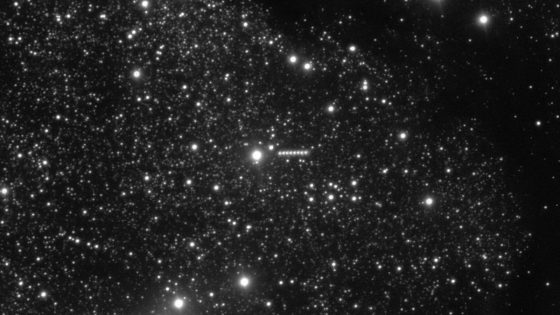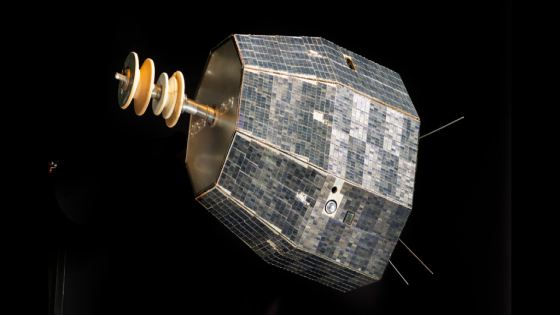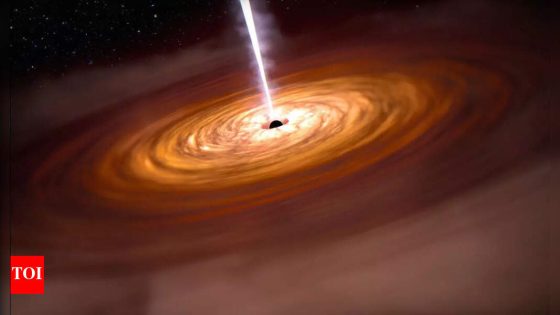Comet 3I/ATLAS, an intriguing interstellar visitor, was discovered just a week ago, sparking excitement among astronomers worldwide. This comet stands out from previous interstellar objects, revealing new insights into our galaxy’s dynamic population.
- Interstellar visitor Comet 3I/ATLAS discovered recently.
- Differences noted compared to previous interstellar objects.
- Comet's speed nearly twice that of others.
- Potential origin from thick disk of galaxy.
- New model predicts vast population of interstellar objects.
- Research may enhance understanding of planet formation.
On July 8, 2025, Matthew Hopkins defended his PhD thesis on interstellar objects, only to find Comet 3I/ATLAS making headlines the very next day. Using his research, Hopkins is now leading efforts to understand this unique celestial body.
This comet’s speed and color suggest it may originate from a different region of the Milky Way. How does this change our understanding of interstellar objects? Consider these points:
- 3I/ATLAS travels at approximately 57 km/s, nearly double the speed of previous visitors.
- Its reddish hue aligns with older stellar populations, indicating a potential origin from the galaxy’s thick disk.
- Models predict a vast number of interstellar objects, with 10,000 estimated within Neptune’s orbit.
As telescopes advance, the exploration of interstellar visitors will deepen, potentially revealing the origins of our solar system and beyond. Are we on the brink of a new era in astronomy?































